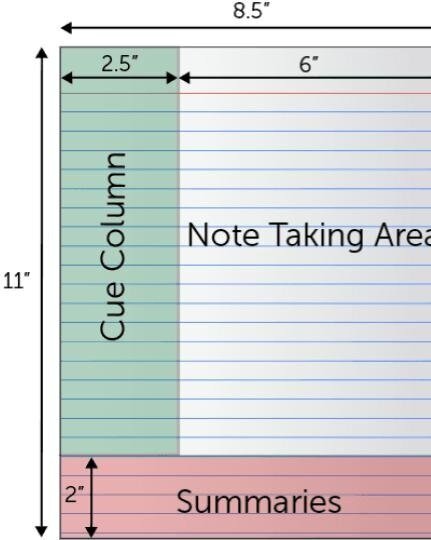Notes, Notes, Notes!
Notes, Notes, Notes!
When was the last time you had to take notes on something? A business meeting? What your partner wants from the grocery store? If you’re a student, an academic, or just someone who wants to get the most from their own learning, taking killer notes is a necessary skill set. But just how DO you take good notes? What even are “good notes” — and does that mean there are “bad ones”? Note-taking knows no age limits, and we’ve been asking ourselves this very question as we pour over readings, videos, and debates and wonder how to get the most out of them. This spring, our Zealous students have been diving in to examine their own relationship to note-taking in social studies.
What “style” of note taker are YOU?
Everyone has their own system of notes — from the margins of your favorite novel to the aforementioned scribbled grocery list. Maybe after the last class you attended, your notebook looked like this, with doodles and a healthy dose of “fun”:
Or maybe you’re on an iPad, trying your darndest to actually type your notes fast enough to keep up with the lecture (that touch screen can go right to heck):
Or maybe you even take good notes, but can’t keep them organized:
Let me tell you — we have these problems at Zealous too. Which is why we’ve been exploring different styles of note-taking, while practicing them with different prompts and materials. One style has jumped out as easy to understand, helpful in breaking down larger concepts, and also provides a structure and framework for organizing your thoughts: the Cornell style of note taking.
The Cornell System
The Cornell Notes system was created in the 1940s by, you guessed it, a Cornell University professor for a book titled “How to Study in College.” It’s a really simple way of breaking down the information that you read (or hear, watch, receive, etc) into a few different columns. In its original form, it looks a bit like this:
On the left, you’ll see a small column for “Cues,” or different ideas that constitute a large or important piece of information. At Zealous, we call them the “Big Ideas”. Then, to the right, you have space to jot down supporting information for each one of your big ideas. We call that the “supporting details” section, where you can add in information that helps to explain the big idea, or give it more context. If you structure your page before class and add in a title and date at the top, you are presented with an easy to follow frame that requires very little start up energy -- huzzah!
At the bottom of the page, you’ll find an area listed “summary,” where after class, a section of the article you’re reading, or a break in your meeting, you can jot a few sentence summary of the material you’ve consumed. Our Zealous students have been quick to point out that this is pretty easy — all you need to do is review your big ideas and put them together in a way that makes sense to you. After all, while this format is standardized, your notes are still personal.
What’s the “big idea” here, anyway?
At Zealous, whether in the humanities wing or the math corner, great note taking is like spreading a generous helping of “secret sauce” on your sandwich. It brings all of our learning together in a way that keeps you coming back for more. Whether you take notes every day, or just once in a blue moon, we encourage you to try your hand at the Cornell system. It might help you to identify a big idea, or learn how the claims that an author makes actually aren’t backed up by much of anything in the “supporting details” column. Or you can just see what the Zealous students have been up to this spring in social studies.
Note hard, and note often!




